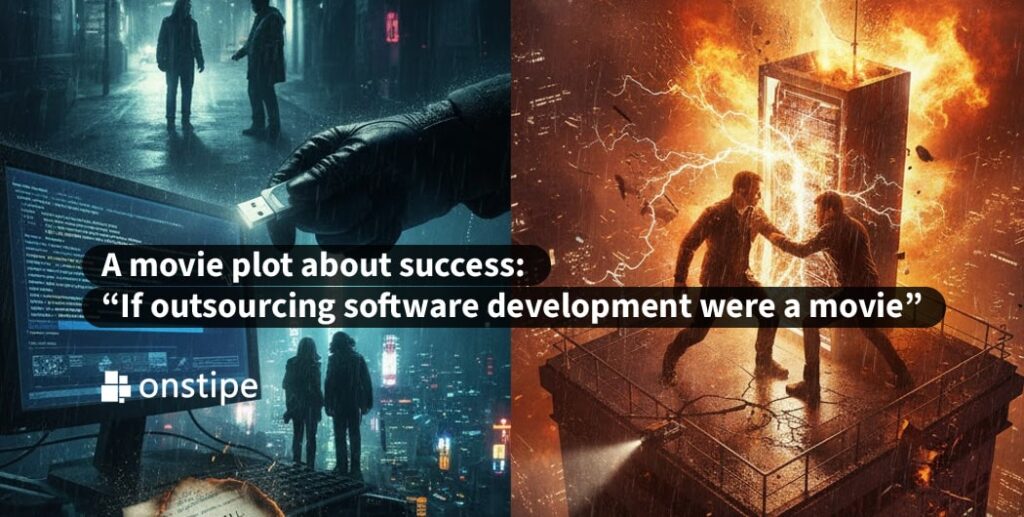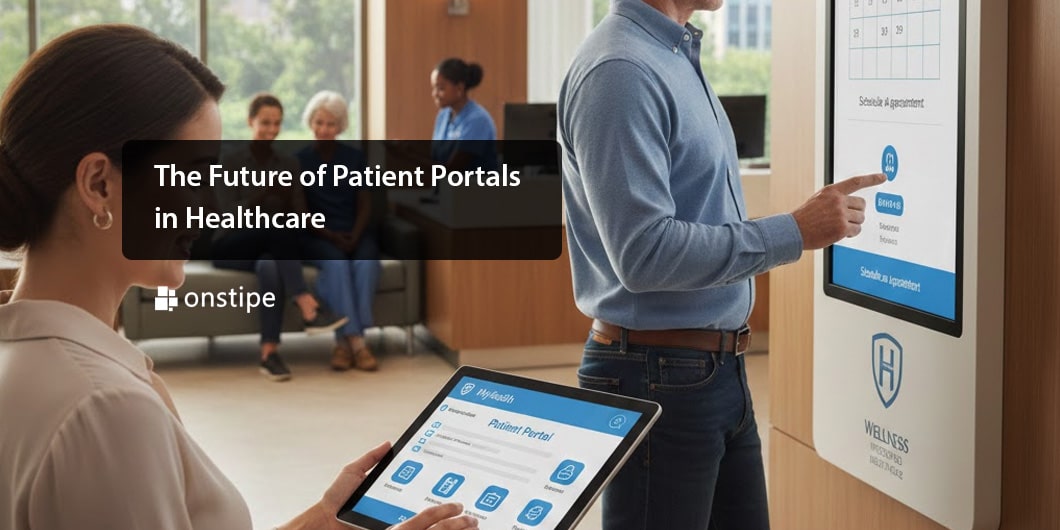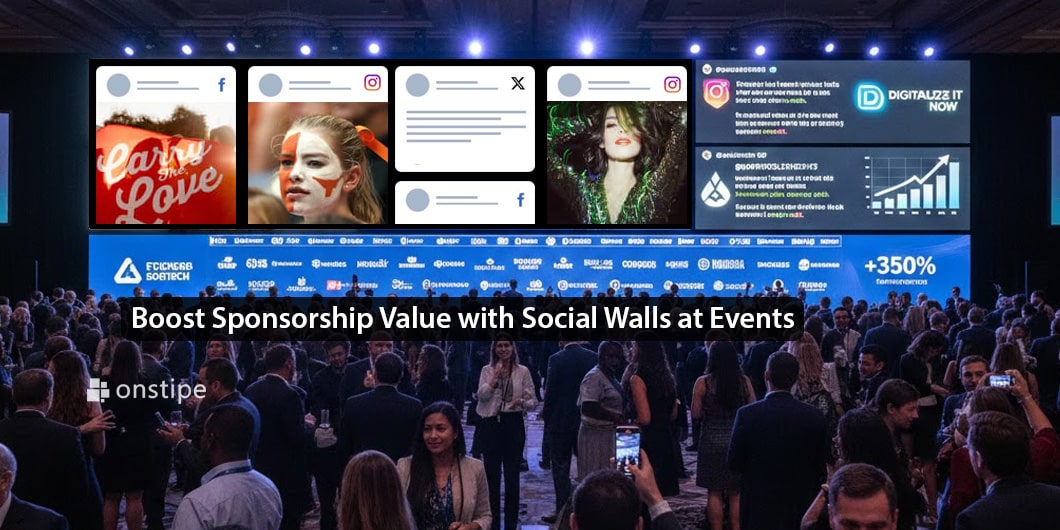Imagine the following scene – the lights in the cinema go out, and the title appears on the screen: “Software Development Outsourcing: The Epic Journey”. That is, this is no longer just a technical process, but a complete real movie: a story about finding a partner, the drama of choice, the development of intrigue, the climactic scenes and the final triumph of the product release.
Prologue: The emergence of an idea
At the center of the plot is our main character — a company that has an ambitious idea, but so far lacks sufficient resources and the necessary specialists. It considers the options: to take an in-house team, hire people locally, or go the way of outsourcing software development. Immediately before the viewer, an internal dilemma is drawn, which consists of the following combinations:
- control vs speed
- risks vs benefits
- investments vs flexibility
It is at this stage that the viewer will read the credits, but not just “Powered by”, but will proudly see the logo of one of the leading companies in this industry – for example, N-iX. This team is one of the leading players in the world of outsourcing software development, with global experience, Fortune 500 clients and hundreds of successful cases.
Act 1: Casting
The protagonist decides to announce a casting: he researches the vendor market, formulates requirements (by type, experience, communication, budget, technical stack). Here we can draw a parallel with casting in the cinema: actors are sought who not only play the role well, but also fit in character, style, and can work in a team.
N-iX appears in this film as an actor who passes the test without any problems: it has already proven its effectiveness several times, offering a full development cycle, from discovery and architecture to QA, launch, and post-release optimization. Moreover, N-iX has technical expertise in AI/ML, Cloud, IoT, and Embedded, the exact technologies that the protagonist may need to make the product look like a real masterpiece premiere.
After internal meetings, consultations, and reputation checks (case studies, clients, process audits), the protagonist chooses a partner.
Act 2: The start of collaboration
At this stage, the main workflow begins. The teams already meet directly online or jitter-free on Zoom (of course, except for the first meeting). This can be compared to the first day of filming, where you need to play scenes in a coordinated way:
- define a roadmap
- establish communication channels
- choose an agile methodology (Scrum, Kanban)
Regarding the communication format, here too you can draw an analogy with the filming process: daily stand-ups as morning rehearsals, demos as showing finished scenes, sprint retrospectives as shooting take after take to achieve the ideal. There may be some tension here: misunderstandings, different time zones, a certain language barrier. However, the partner’s experience (for example, N-iX works both in the Eastern European region and in the United States and Canada) helps to build cultural adaptation and understandable documentation. So, what is the basis of success?
- openness
- delegation
- high level of trust in the partner team.
Act 3: Plot Twist
In the middle of filming (development), an unexpected plot twist occurs: client requirements change, technical challenges arise, downtime or production bugs appear. It’s interesting, as a viewer: the shots seem spectacular, but something still goes wrong.
This is the moment when testing and QA enter the arena: like a director, the QA team identifies a problem, tests cases, conducts a fail and fix rehearsal so that the product is perfect before the premiere. N-iX puts effort into all stages of QA, manual, automated, and hybrid testing, to fix bugs and prepare the product for release.
The key point: communication, rapid feedback loop, quick response to changes, like on the territory of real film studios, where edits can be made literally overnight.
Culmination: Release
And here it is. Finally! The finale. The product is completely ready, the release is released to the market, users are delighted, the business is growing. It’s like a grand premiere of a film: red carpet, rave reviews, highlights in the press.
Key advantages of the outsourcing software development model:
- reduced time-to-market
- strong partner support
- access to top technical expertise
The company, which is the main character of this whole movie, achieves results faster and with less budgetary burden than with the in-house model.
If the partner is like N-iX, the cooperation becomes strategic: no longer a one-time event, but a long-term alliance that can accompany new features, scaling, transformation of legacy systems, and AI initiatives.
It’s worth noting that this entire cinematic scenario is not just a made-up metaphor. It’s a depiction of the real journey of companies that choose outsourcing software development for scaling, innovation, and market success.
Summary
Summing up our action-packed film story about outsourcing software development, we can honestly say that this story is primarily about business heroes, who, thanks to the competent choice of a partner, building flexible cooperation, overcoming crisis moments, and supporting technical excellence, achieve the final triumph. And this triumph consists of a business release.
And if your story also includes a company of N-iX professionals, it most often acts as a director and producer of success. Their experience, expertise, and client cases make it an excellent example for those who plan to outsource software development as their premier.







